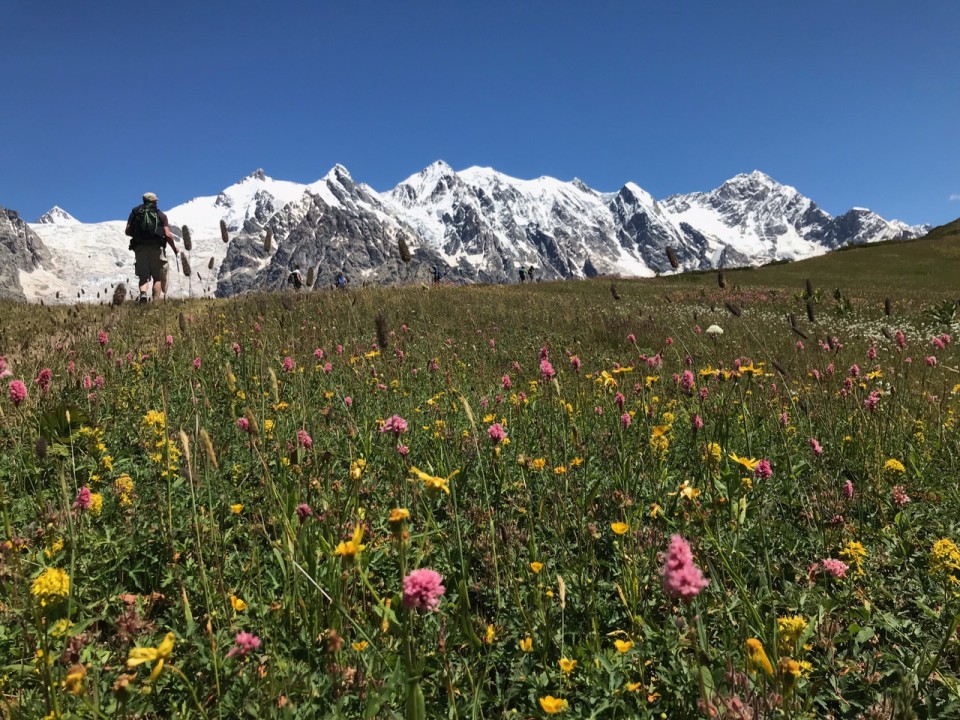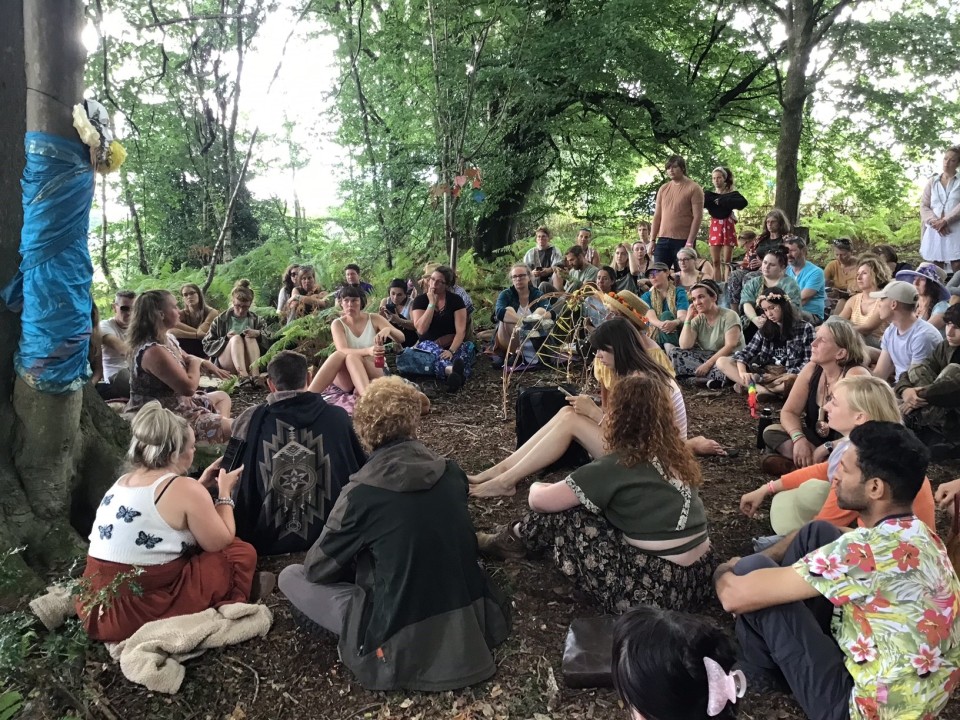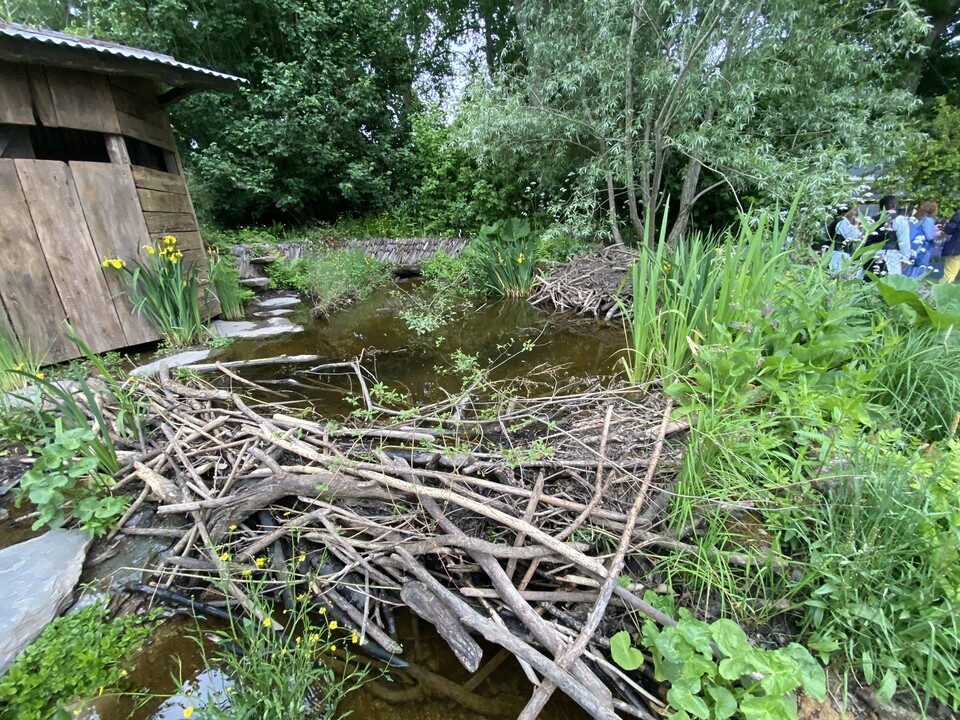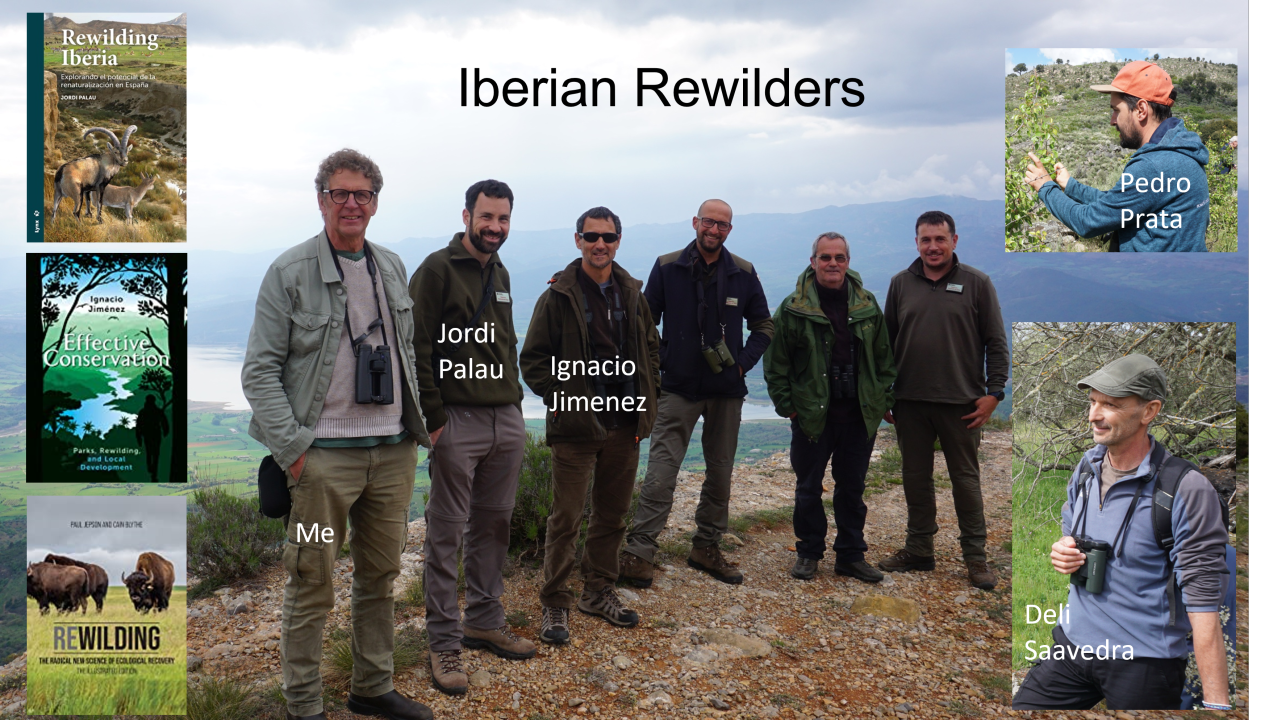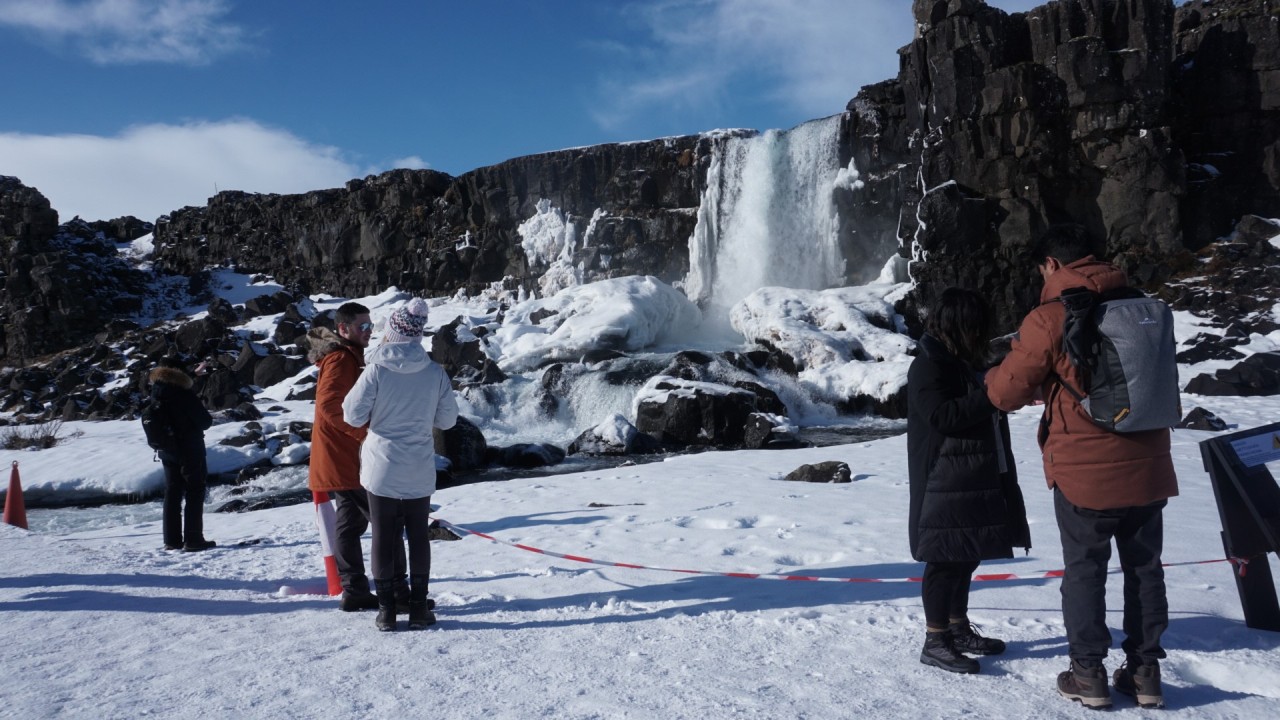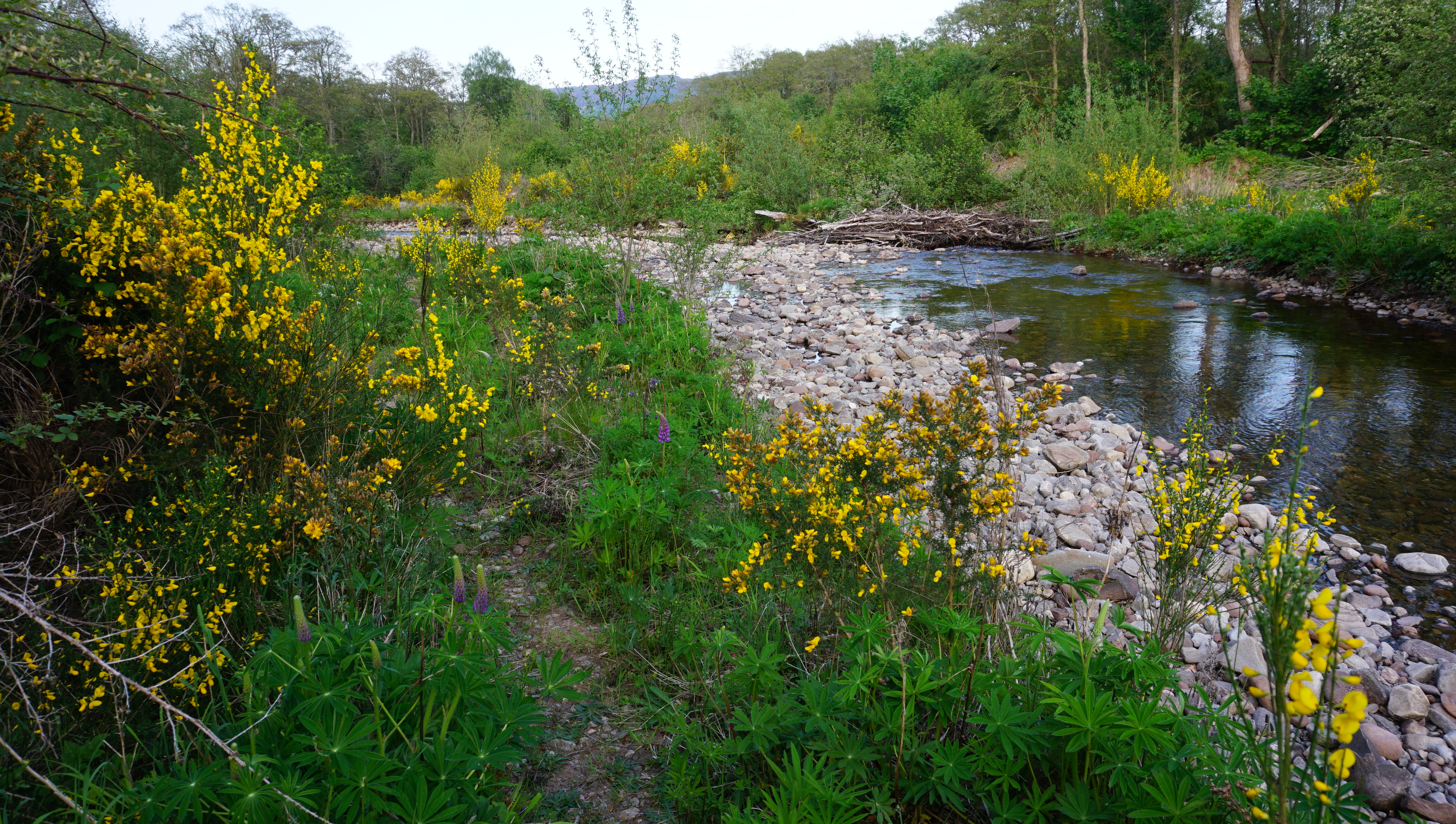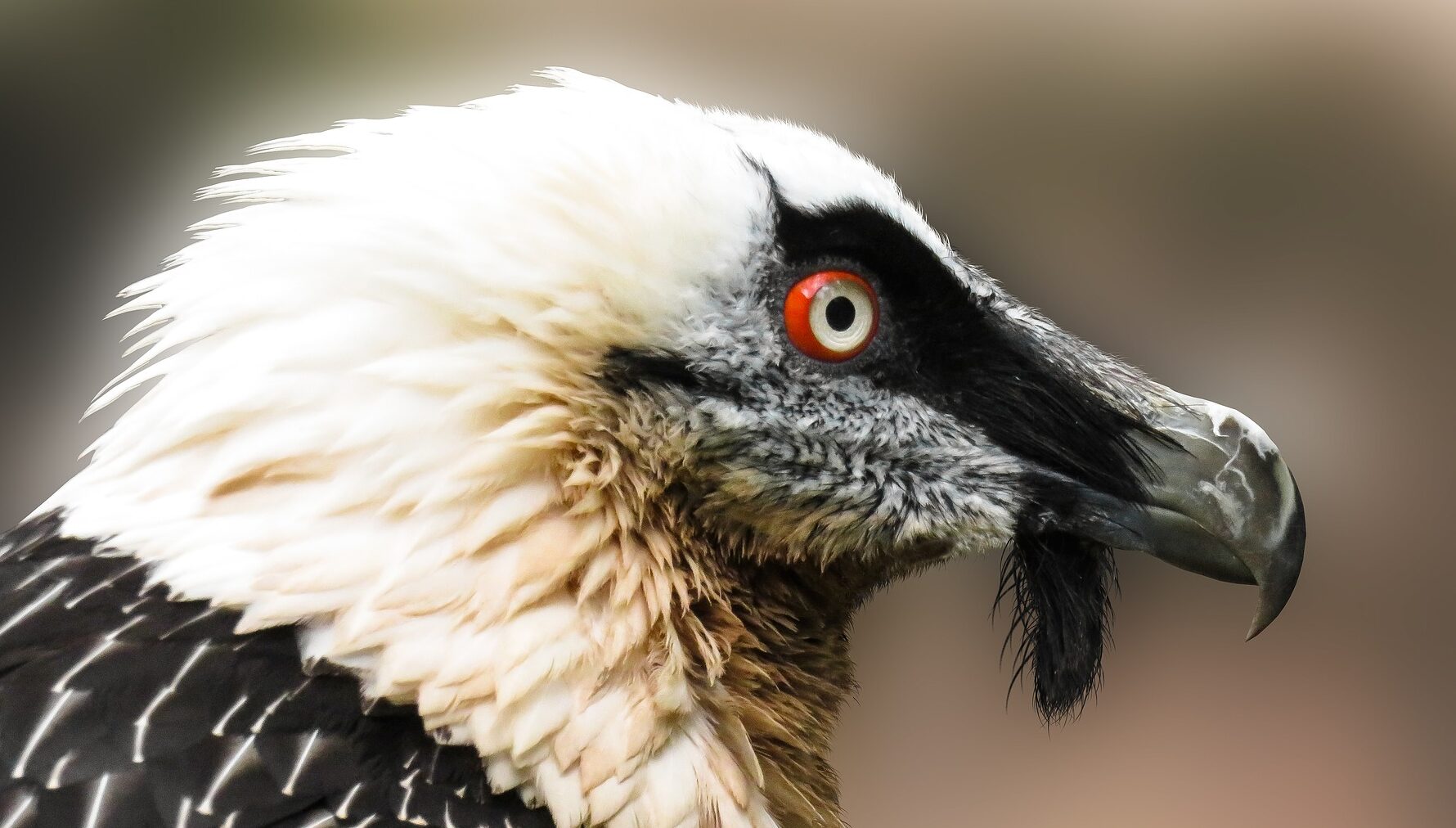I have been trekking in the Western Caucuses. Along the way I thought about rewilding and the processes that give rise to the landscape and vegetation. Here is an account which I hope some my find interesting. I welcome any comments, elaborations or corrections.
Driving up the foothills from Zugdidi in northwest Georgia, I was struck by the large expanses of even-aged broadleaf forest. Stopping to take a look it was a dense shrubbery of maples, cherry, barberry and Gelder Rose that looked to be between 25-40 years old.
My first thought was this is an example of passive rewilding. It recalled landscapes I have visited in Romania, Spain, and Slovenia where people have left and the land has been ‘released’ from grazing and wood collecting. But our driver was certain it had always been wooded and had no knowledge of any human exodus.

Fig 1. Juxtaposition between grazed hillside and dense shrubberies that cover most of foothills we drove through Photo Paul Jepson
As the road wound up into the steep sided mid-altitude valleys, the structure and patterning of the conifer and broad-leaved patches became more consistent with my experiences of mountain forests. But as we neared Mestia, the 1500m townlet and chief community of the Svaneti region, the valley widened and similar areas of vegetation reappeared. I was at a loss to think what processes could give rise to these areas of dense, even-height and relatively young vegetation patches.

Fig 2. Townlet of Mestia at 1500m asl. Mountainsides appear to be covered in relatively young broad-leaf forest.Photo Paul Jepson
The following day we started out on our trek to Ushgali in the company of cows wandering up the trail. I have a long interest in the relationship between ecotourism and ecology and asked our local guide, Georgi, how the growth of summer and winter tourism had impacted traditional land management practices. He replied that just as always they grew potato’s, beans and maize on the shallower slopes during the short summer season, cut hay from hay from higher ground in late summer and let their cows roam free on the mountain sides. In his view the only real change was that they kept fewer cow’s, perhaps half what they did previously, because they were all busy running guesthouses and providing visitor services.
As I climbed the trail, it was evident that the relaxation of two processes was leading to the loss of ecotones between the pastures and patches of woody vegetation. Steeper pastures were shrubbing over probably as a result of lower grazing densities: perhaps more significant was the replacement of traditional stake fences with bought in slat & wire fences. Keeping cows through the long winters requires significant amounts of hay and families own and fence their hay meadows. Maintaining these fences would have involved significant harvesting of nearby hazel and birch creation vegetation structural diversity, and perhaps replicating in some ways the the functional effects of megafauna, such as bison, which long ago inhibited the Caucuses.

Fig 3. The decline in fencing hay meadows with locally cut stakes in favour of bought-in slat and wires appears to be creating steeper vegetation gradients between grasslands and woody vegetation. Photo Paul Jepson
That afternoon, as we descended towards Zhamashi, I encountered another type of dense, even height vegetation – this time Rhododendron caucasicum. A large area covered the slopes and it was clearly quite young. It was also present in smaller patches and I wondered whether it was a bit like gorse – a pioneer species that can become dominant when land is disturbed. Overgrazing clearly wasn’t the problem here and it was only later on the trek, when we saw many more areas and spoken with Georgi that I realised this rhododendron was a post-avalanche pioneer.

Fig 4. Mountain side with a ‘blanket’ of Rhododendron caucacasicum with pioneer hazel and maple poking through. Note two weeks earlier this would have been a sea, of white followers. Photo Paul Jepson.
The rhodendron’s waxy leaves were clearly unpalatable to cattle: in places young hazel and birch were poking through and it was clearly playing a ‘nursery’ role for these species in the ecosystem. The following morning as we climbed up out of Zhamushi, I entered a landscape which was a classic example of the ‘Vera cycle’. Here R. Caucasicum was present in scattered patches among the pastures. Birch and rowan were growing up through them and in some patches were shading out the rhododendron. It was easy to see how cows, and trekkers sought out the shade of these groves creating an open understory. It was also easy to imagine how winter storms could cause the demise of these patches and these storms completing the cycle.

Fig 5. Patches of R. Caucasicum in cattle grazed grasslands act as nurseries for birch, maple and hazel which shade out the rhododendron to become small groves cf. Vera cycle of vegetative turn over. Note on far mountain side is an extensive rhododendron ‘blanket’. Photo Paul Jepson.’
I was beginning to realises that there were different ‘systems’ of vegetation dynamics present in these mountains. I was walking through the ‘classic’ bovid & equid system that has inspired much rewilding in Europe. In this case human pastoralist practices had continued or create the ecosystem engineering effects of historic mega-herbivores to produce diverse mosaic ecosystems.
But this system seemed quite different from the large shrubberies I was observing. That evening as we sat chatting in our guesthouse in the historic, but badly damaged, village of Adishi, Georgi told us about a catstrophe that had hit The Valley during the winter of 1986/87. An extreme weather system had lead to continuous snowfall for over a month, burring villages, people and their animals. Houses had collapsed, over a hundred people had lost their lives and half the population was resettled to the lowlands.

Fig 6. The village of Adishi was badly damaged in the 1986/7 disaster. Resettled families are returning for the summer months to run guest houses serving trekkers. Restoring old buildings is unaffordable so most are building new.
Significantly, for my line of thinking, over 300 avalanches were recorded. Could this massive natural disturbance event explain the large patches of even aged vegetation I was seeing? Might it be that the areas prone to avalanches and landslides had a different dynamic of disturbance-vegetation-herbivore interactions to areas with a more stable physiography?

Fig 7. Extensive areas of rhododendron ‘blankets’ on The Valley sides above the village of Adishi which was badly effected by the 1986/87 snows. Note. Easy to imagine herds of bison grazing the more gently sloping mountainside opposite! Photo Paul Jepson
During the next couple of days I paid particular attention to the ‘banks’ of rhododendron covering the mountainsides. It was clear that birch and rowan could establish within it and in some areas the dominance of rhododendron was giving way to broadleaf shrubberies. However, Georgi who was also a qualified ski tour guide, explained that a skier crossing these ares could cause a mechanical avalanche because snow easily slips off the waxy carpet of leaves. This suggests that on steeper slopes repeated avalanches would snap off any emerging trees maintaining a rhododendron mono culture and on less steep slopes trees would succeed the rhododendron over time periods of 20 to 40 years.

Fig 7. Rhododendron blankets succeeding to mixed broad-leaf woodland. Photo Paul Jepson
We walked through some beautiful mixed age forests of birch, rowan, oak and pine and as we did I started to think about the role of goats in this system. During a visit to the Iberian highlands in April I was surprised to see groups of ibex wandering through roadside woodlands. This area of Spain experienced massive rural depopulation in the 1980s. There has been large scale natural regeneration of trees and with the relaxation of hunting ibex populations have increased. I tend to think or wild goats as animals of high mountain crags, but am aware that these inaccessible places maybe suboptimal habitat ‘where they could escape hunting.
Are goats missing ecosystem engineers?
With a Georgian SIM card we had surprisingly good 4G in the mountains and I found a nice article by Paul Weinberg on the Caucasian wild goats and sheep, namely the west and East Caucasian Tur, Chamois, Bezoar wild goat, and Asiatic Mouflon. He states that the Bezoar was a forest dweller where they would meet Tur during the rut. He also described how in response to the famines and social upheaval that followed the collectivisation of farms, the Soviet government organised massive culling of wild animals to provide meat for the hungry.

Fig 8. Inside old forest growing on steep mountainsides. The lush summer vegetation must surely have once been grazed by herds of wild goats, deer and maybe bison. Photo Paul Jepson.
It appears that in this second ‘avalanche and landslide’ cycle of vegetation dynamics the functional role of herbivores – the goats – is missing. Humans will have hunted these species for centuries so its hard to know what their natural’ population levels might have been. However, its not hard to image their functional effects on vegetation dynamics.
Goats would likely graze on the grasses and herbs springing up on mountainside after landslide and avalanches disturbance effects. Their trampling and scuffling would have kept areas open where seeds transported in their coats and dung could germinate. As a result the rhododendron colonisation would have been less dense and uniform accelerating succession by broadleaf trees. As this phase developed browsing by goats (and deer) would have enhanced the structural diversity of the emerging forest.
Taking stock on the drive back from Ushguli – a remarkable world heritage site where our trek ended – I reflected how Svaneti province could be an ideal location for trophic rewilding with wild goats, specifically West Caucasian Tur and Bezoar. Based on my, admittedly brief, observations it seems that repopulating the valleys with these species could accelerate the recovery of forests following avalanches that may be increasing in frequency due to climate change.
Investing in a local captive breeding and release programme would generate new employment, add a new dimension to the areas tourism offer and implant a story of climate adaption within the broader story of Svaneti history, heritage and cultural renaissance.
Postscript
Thanks for reading this post. As you will have gathered it is based on inductive reasoning – generating hypothesis from observations – what might be described as conjecture! I would love to hear comments, elaborations and corrections from people more expert on mountain ecosystems than I!
In the 1890s The Italian mounteer and photographer Vittorio Sella tooks some great landscapes of the area I trekked which I haven’t yet had the time to study.
I can also highly recommend Georgia as a holiday destination. The mountain walking and nature is outstanding, the cities exhibit a sophisticated cosmopolitanism, and the food, culture and history exceptional.
It’s also affordable, and if you are flat out with work there are reliable local travel agents who will organise everything for you (via Whatsapp). We traveled with Kartlos at www.intergorgia.travel who was excellent.
This blog was first posted from my LinkedIn page on 13 August 2020

